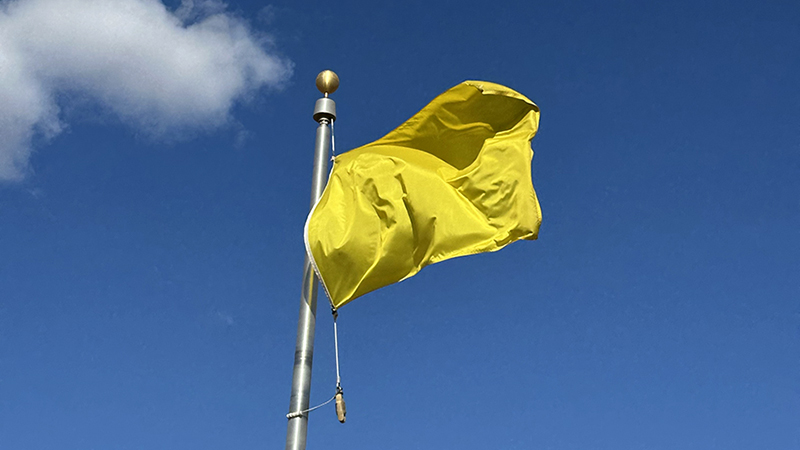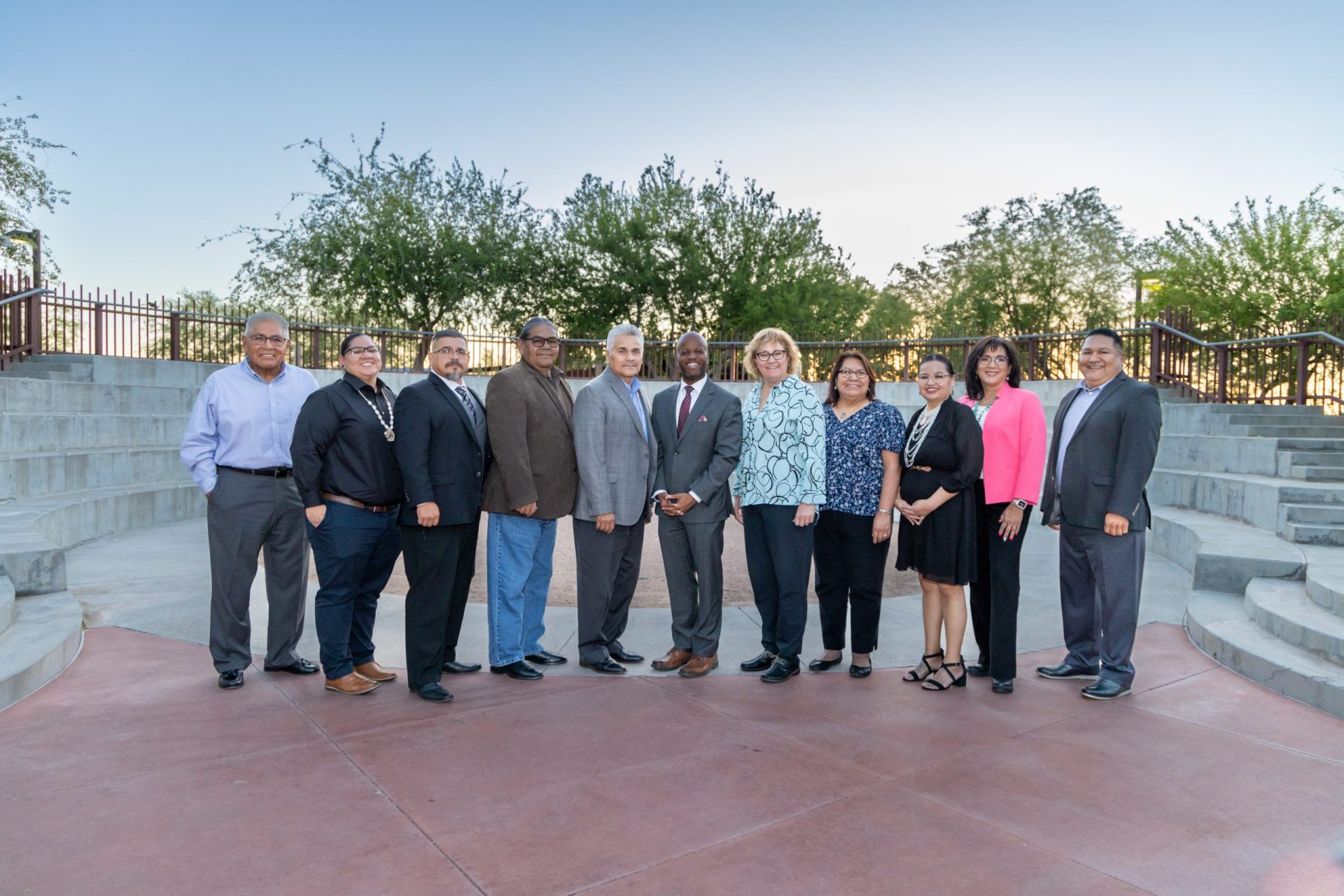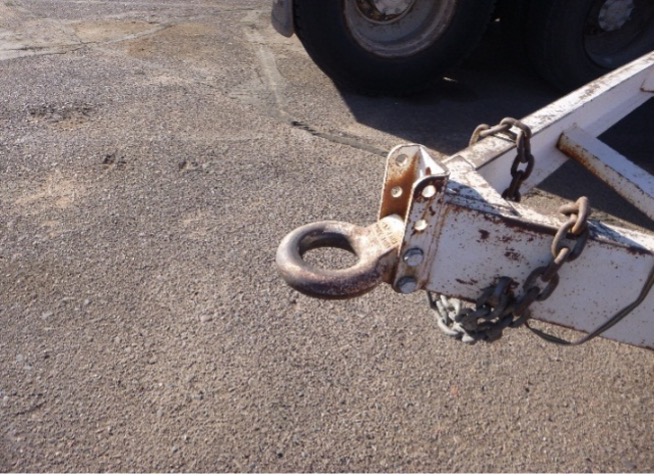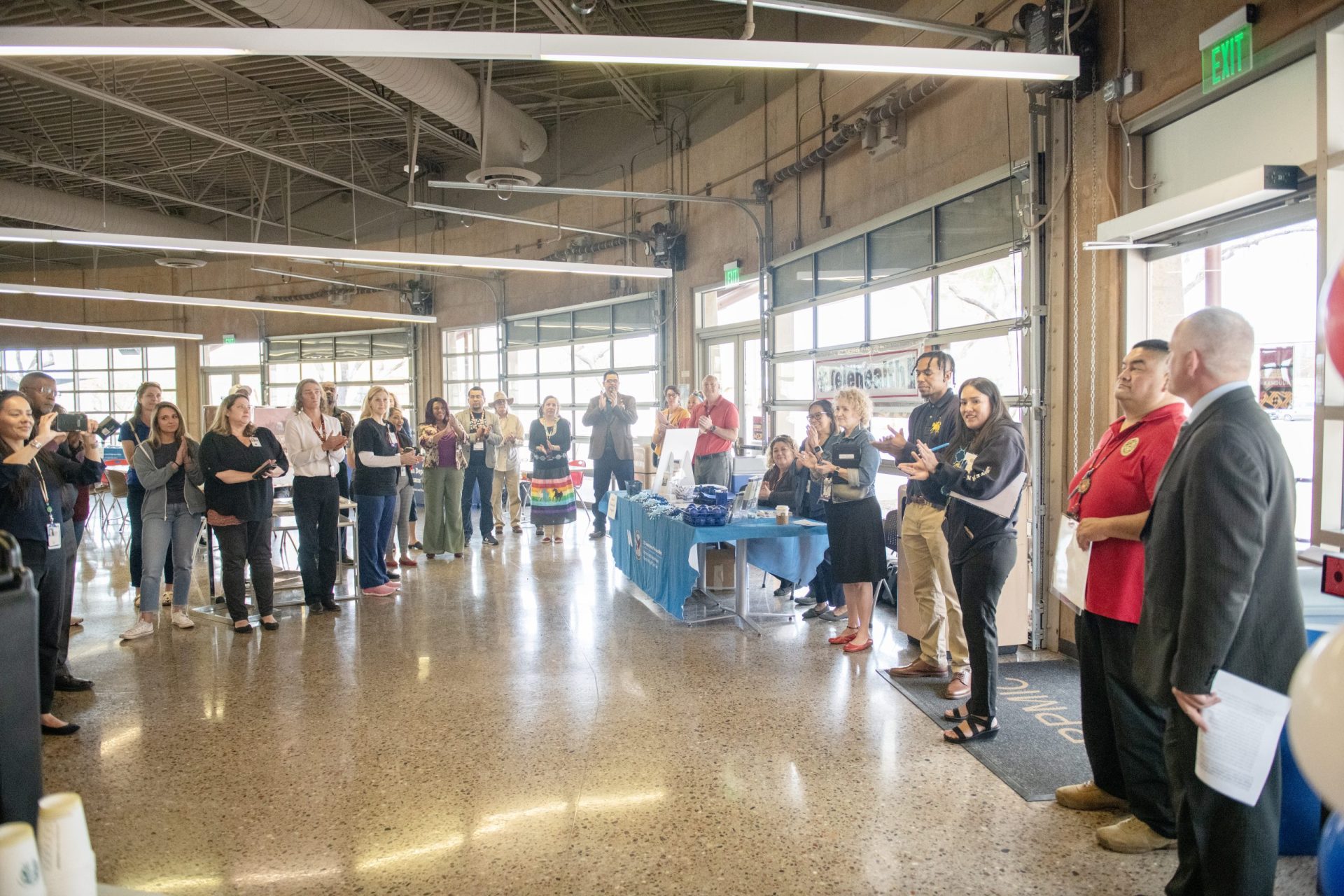VIEWS: 1151
January 22, 2025New Year’s Eve Brings in the New Year, Poor Air Quality
Have you been coughing and sneezing more recently? You’re not the only one.
New Year’s Eve is a time to celebrate with families and loved ones. Unfortunately, it’s also a time in which our air takes a drastic drop in quality due to the mixed bag of harmful air pollutants that are contained inside of fireworks.
When colors are added to fireworks, such as red, orange, yellow, and green, additional chemicals like carbon, sulfur, and aluminum, are also added to not only activate the firework’s explosion, but to add a vibrant splash of color for spectators to enjoy.
Once a firework explodes in the air, it leaves behind toxic haze, or particle pollution. This negatively impacts the air we breathe in, as well as harms our climate. Additionally, some seniors, veterans, and family pets are known to not enjoy the loud explosions and bright flashes of light that fireworks give off.
According to the Humane Society of the United States, bald eagles consider the explosions and bright lights from fireworks as a threat. As a result, during New Years Eve, many eagles abandon their established nests in search of a temporary sanctuary.
In Arizona, the sale of fireworks is allowed from April 25-May 6, May 20-July 6 and December 10-January 3. The sale and use of family-friendly fireworks known as snappers, pop-its, party poppers, glow worms, snakes, toy smoke devices, and sparklers are allowed throughout the year. People 16 and under are not allowed to purchase fireworks.
During the approved dates for the sale of fireworks, individuals cannot release fireworks into the sky between the hours of 11 p.m. and 8 a.m., except for during the New Year’s holiday when 1 a.m. is the cut off time.
“The air quality was horrendous on New Year’s,” stated Ben Davis, Environmental engineer for the Salt River Pima-Maricopa Indian Community Air Quality Program. “Generally, if you go to downtown Phoenix in the southern area like in Maryvale, those are the absolute worst places. All the air pollutant sources flood into there.”
Davis attributed the poor air quality to temperature inversion, a layer in the atmosphere in which air temperature increases with height. Pollution such as smog, smoke, and more linger close to the ground level floor, creating a brown line of pollution across the skyline. During temperature inversion, the pollutants are trapped near the ground, giving those with asthma and other health concerns problems breathing normally. Also contributing to the poor air quality is the lack of rain.
Davis continued, “Diesel smoke is toxic. It can cause irritation of the lungs and for people with asthma, it gets very sensitive for them. Also, if you burn oil or treated wood, all the particles go into your lungs and into our air.”
The SRPMIC AQP will receive official statistics from the holiday season in the coming weeks. This year, Davis and the rest of the AQP team will be teaming up to install additional monitoring sensors to help maintain a consistent and up to date-look at the air quality in the SRPMIC.
In the meantime, for those experiencing trouble breathing due to the low quality of air from the recent holidays, Davis suggests replacing air conditioning filters regularly as well as looking into purchasing various high efficiency particulate air (HEPA) filters, which help remove dust, pollen, mold, bacteria, and more airborne particiles. “I tell everyone, barbecues, though it all smells good, the smoke is very bad for you,” added Davis.
O’odham Action News will continue to receive updates from the SRPMIC AQP this year regarding air quality improvements and implementations within the community.
For a live-look at current air quality conditions, interested individuals can go to https://fire.airnow.gov/#9.98/33.5068/-111.8322 for an up-to-the-minute-look at the air quality in our state which uses an air quality index scale of 0 (good) to 301+ (hazardous).







